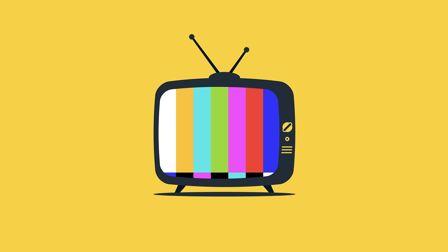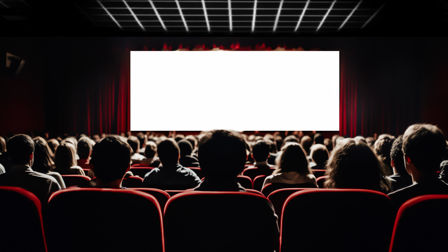Brands; Don't Break Artists, Balance Them
Chris Phelps, head of sync at Finger Music, on how music & ad trends create opportunities for brands & artists.
Nike’s latest collaborator isn’t an athlete, they’re a musician. FKA twigs recently accepted the position of creative director with the sportswear brand. While other sporting brands continue to make deals with leading sports personalities, Nike has chosen a musician with a relatively niche following to transcend the role of brand ambassador, driving new content streams for the brand.
Why? The partnership is mutually beneficial to both parties. FKA twigs’ persona, ideals, style and reputation align perfectly with the brand message. She wields a huge influence on the fashion choices of her own followers, but the Nike brand also exposes her to potential new fans and elevates her music globally. She has provided Nike with original, authentic music and visual content and in return Nike has provided her with creative freedom and exposure.
No matter what anyone says, we’re living in an extremely exciting time in advertising where the goals of brands and record labels are beginning to align.
Brands and artists getting engaged
Why is this exciting? Every creative wants to come up with an original idea – something unique and authentic that has never been done before. But I’m sure any creative will tell you that fresh, original ideas don’t magically appear out of thin air. The more that time progresses, the more ideas have already been had.
But imagine you’re sat at your desk and in your possession is a track. A track by a high-profile artist or an artist that’s about to hit the big time. No one has ever heard that music before. That artist has written that song specifically for a brand campaign or wants you to be the first one to play it.
You have in your hands original, powerful, authentic content, that no one has ever heard. It comes with endless opportunities for further content: music videos, social content and so on – and these too will have never been seen by anyone. You also have the fan base of that artist and the promotional power of a record label at your disposal.
The interesting thing is that five years ago there was a general reluctance to use a track that no one had heard before. Only recently (and I mean in the last year or so) has this started to change.
Before now, it seemed that an artist (or a specific track) had to have at least a six month lead time before agencies had enough confidence in them to expose them to a client. They wanted to gauge what the public reaction to the artist and/or the sound of the new track would be first.
As branded entertainment, brand partnerships and new content streams begin to grow, we are reaching a tipping point of mutual benefit for artists and advertisers. This is due to the development of two things: more engaging creative content and media usage from advertisers, and the new transparency of artists’ social media profiles.
There are far more credible, meaningful stories and personalities coming from brands that can really resonate with an artist’s following, style and reputation – and vice versa. There are so many more options open to agencies and artists nowadays than just placing a track on an ad under a VO. Brands are starting to acknowledge the need for a creative philosophy as opposed to a generic campaign theme and musicians want to be a part of that.
However, that’s not to say that every artist pairing will work for every brand or every campaign. It all comes down to a very delicate balance – one that creates a mutually beneficial partnership for both brands and artists.
It’s not who you know, it’s how
So how do you strike this critical creative balance? When it comes to music these days, no single talent pool is unique. We live in an age where knowledge is free and widely accessible, music companies all have the same scope when it comes to who they can work with. Traditionally it was all about who you know, but now it’s about how you know them and how you work with them.
Any good music company should be the bridge between a brand and an artist. Having navigated the waters between brand and label for years, I can tell you that labels and brands have never and still do not speak the same language – and they’re far from having the same priorities. In my experience, you must be completely immersed in not only current trends, licensing and upcoming talent in the music world, but also the latest consumer trends and the creative process in advertising from top to bottom.
It’s not enough just to have contacts at labels, you must be able to seek out and align creative goals and think about a project from the position of both parties. If you aren’t striving to learn more and more about your partners on both sides – music and advertising – you’ll never be the all-important fulcrum for this new powerful balancing act.
Connections
powered by
- Music Finger Music & Sound Design
- Music Chris Phelps
Unlock this information and more with a Source membership.







 Membership
Membership



